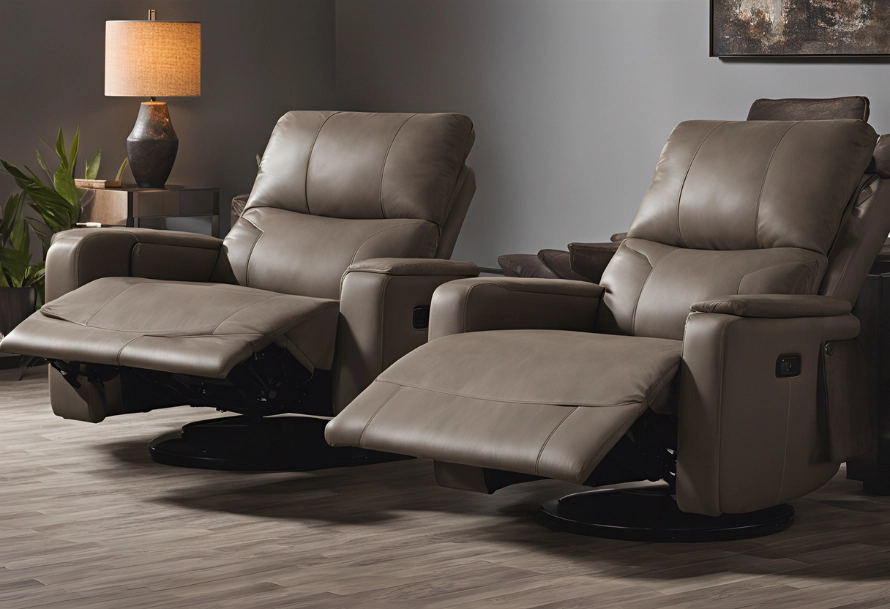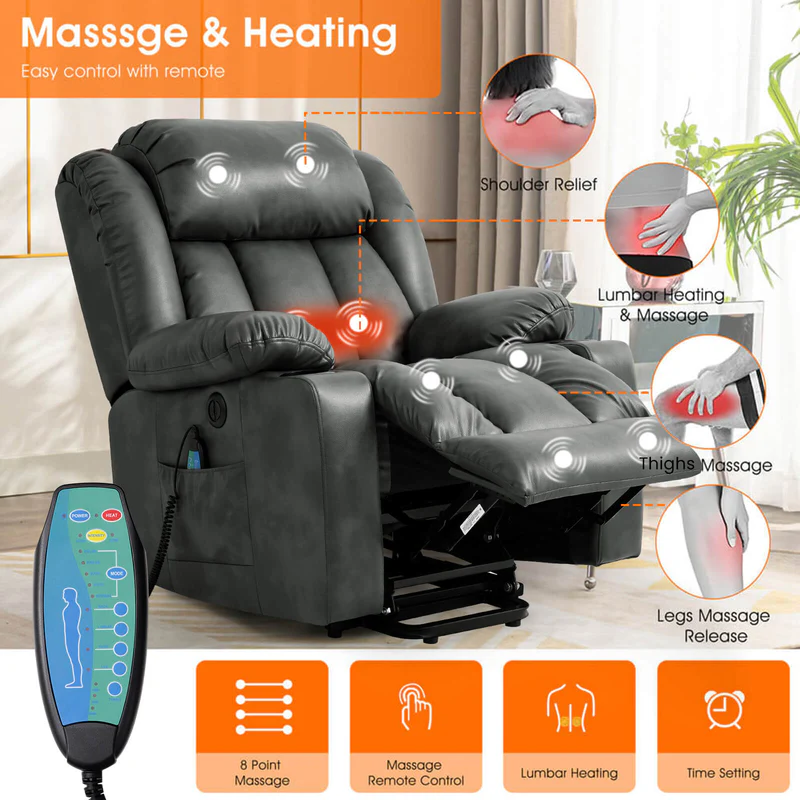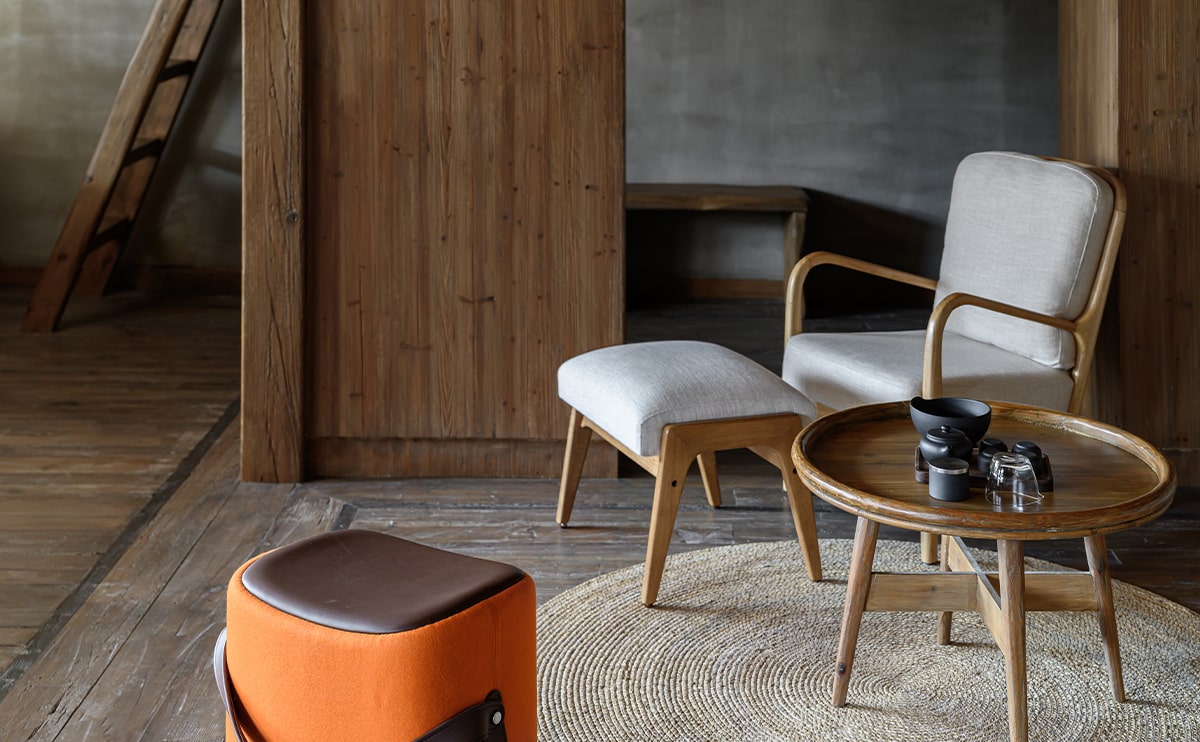Power recliners are a popular choice for those seeking comfort and convenience in their living spaces. With a simple push of a button, these chairs can adjust to your preferred position.
However, like any product, power recliners come with their own set of drawbacks. It’s essential to understand these disadvantages before making a purchase.
This article aims to shed light on the potential downsides of owning a power recliner. We’ll delve into various aspects, from cost considerations to technical difficulties, and even environmental concerns.
While power recliners offer undeniable benefits, they may not be the perfect fit for everyone. Their features and mechanisms, while impressive, can also lead to complications and additional costs.
By understanding these disadvantages, you can make an informed decision. Whether you’re a potential buyer or simply curious, this article will provide valuable insights into the world of power recliners.
Stay tuned as we explore the less glamorous side of these modern comfort marvels.

Contents
Understanding Power Recliners
Power recliners are advanced pieces of furniture that integrate electric motors to adjust seating positions. Unlike manual recliners, they allow users to adjust the backrest and footrest with minimal effort.
These recliners often include additional features for enhanced comfort, such as built-in heaters, massagers, and USB ports. While these electric recliner features are appealing, understanding their functionality is crucial. Knowing how they operate can help determine if they meet your needs and align with your lifestyle.
Disadvantages of Power Recliners
While power recliners offer convenience and comfort, several disadvantages come with their use. They can be expensive, challenging to repair, and demand regular maintenance. Additionally, they require specific placement considerations due to power needs, and can malfunction more easily than their manual counterparts.
Cost Considerations
Power recliners are typically more expensive than manual recliners due to their complex mechanisms. The initial purchase price can be significantly higher. Additionally, features such as heating elements or massaging functions increase the cost.
Beyond the initial cost, maintenance and repairs can add up. Owners might need to invest in warranty and service plans.
Key factors influencing cost include:
- Higher initial purchase price.
- Additional features add extra expense.
- Potential ongoing maintenance fees.

Placement and Power Source Limitations
Power recliners need a constant power source, limiting where they can be placed in a room. The proximity to an electrical outlet is crucial, potentially restricting furniture layout choices.
This limitation can affect the aesthetics and functionality of your space. Extending cords or using power strips might solve the issue, but can pose safety risks.
Consideration points include:
- Need proximity to power outlets.
- Use of extension cords may be necessary.
- Can restrict room layout flexibility.
Maintenance and Repair Concerns
Power recliners require regular maintenance due to their intricate designs. The electronics and motorized parts can sometimes need professional servicing. These repairs are often more complex than those for manual recliners.
Maintenance issues could lead to additional costs over time. When components fail, the repair process can be both time-consuming and costly.
Key maintenance concerns are:
- Complex electronics require professional care.
- Higher likelihood of expensive repairs.
- Regular maintenance needed for optimal performance.
Technical Difficulties and Malfunctions
Despite their advanced features, technical failures in power recliners can frustrate users. Malfunctions in the electronic components may arise, sometimes at inconvenient times, like during a power outage.
These recliners might not operate as desired if the electronics fail, impacting user experience. Some users have reported slower adjustments compared to manual models.
Potential difficulties include:
- Increased risk of electronic malfunctions.
- Possible non-functionality during power outages.
- Slower adjustments than manual recliners.
Comfort and Usability Issues
While designed for maximum comfort, power recliners can present usability challenges. Their numerous features might overwhelm or confuse some users, particularly those not tech-savvy.
In some cases, the reclining speed is slower than manual options, causing frustration. The reliance on remote control may be inconvenient if it is lost.
Comfort and usability issues include:
- Too many complicated features for some users.
- Slower reclining mechanism may cause impatience.
- Dependence on remote control can be a downside.
Environmental and Health Considerations
Power recliners, due to their electronic components, are not as environmentally friendly as manual options. Their energy consumption contributes to higher electricity bills and environmental impact.
Additionally, they may emit low-level electromagnetic fields, which could concern sensitive individuals. Materials used may not be easy to recycle.
Environmental and health concerns include:
- Higher energy consumption impacts environment.
- Potential electromagnetic field sensitivity issues.
- Difficulties in recycling due to electronics.
Safety and Accessibility
Safety can be an issue with power recliners if they are not used correctly. The presence of cords increases tripping risks, particularly if cables are exposed. Power recliners are heavier, making them challenging to move or adjust.
They may also be less safe for children or pets who accidentally engage the mechanism. Some users might struggle with understanding the operations.
Safety and accessibility considerations include:
- Tripping hazards from power cords.
- Heavier and harder to move or adjust.
- Potential for accidental operation by children or pets.
Aesthetic and Design Limitations
Aesthetic limitations are another drawback of power recliners. They may not fit well with all home decor styles, particularly traditional or minimalist settings. The design tends to be bulkier compared to manual recliners.
Furthermore, some models offer limited fabric and color options, narrowing personalization choices. The presence of visible cables can detract from room aesthetics.
Design limitations include:
- Bulky design incompatible with some decor styles.
- Limited fabric and color variety.
- Visible cords may reduce aesthetic appeal.
Weighing the Pros and Cons
When considering a power recliner, it’s vital to weigh both the pros and cons. While they offer advanced features and comfort, they also come with notable drawbacks. By evaluating your personal needs and lifestyle, you can determine if the benefits outweigh the disadvantages for your specific situation.
Conclusion: Is a Power Recliner Right for You?
Deciding if a power recliner suits your needs involves reflecting on both their features and potential downsides. Consider your lifestyle, budget, and space requirements. If comfort, ease of use, and advanced functionalities align with your priorities, a power recliner may well be the ideal choice for you.
